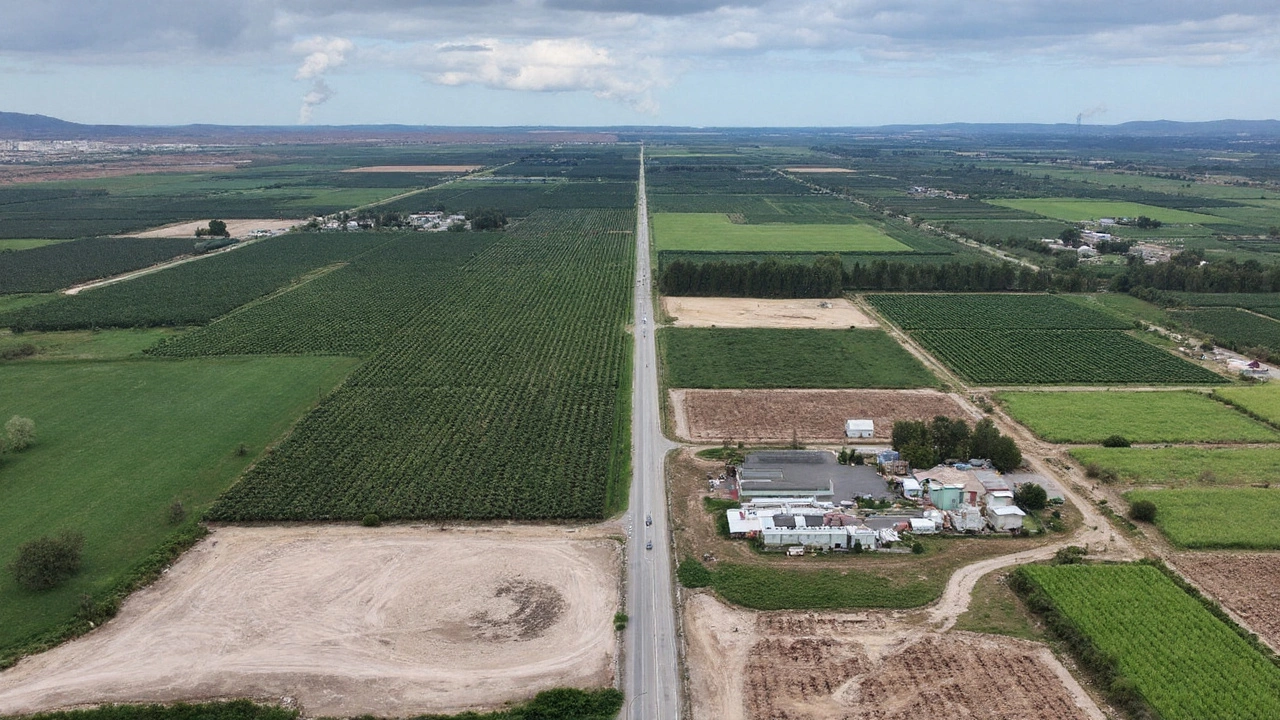Brazil-Bolivia Pipeline: What It Is and Why It Matters
If you’ve heard the term Brazil‑Bolivia pipeline in the news, you might wonder what’s really going on. In short, it’s a massive natural‑gas project that aims to move gas from Bolivia’s reserves straight into Brazil’s growing market. The idea is simple: connect two neighboring countries, boost energy security, and create jobs along the way.
Why does this matter to everyday people? First, gas is cheaper than many other fuels, so households and businesses can save money on electricity and heating. Second, the pipeline reduces Brazil’s reliance on imported oil, which helps keep the national budget stable. And third, the construction phase brings a flood of jobs to remote towns that often struggle for work.
How the Pipeline Works and Where It Goes
The route starts in Bolivia’s largest gas field near Santa Cruz. From there, the line travels eastward, crossing the border at Corumbá, then follows the Paraguay River basin before linking up with Brazil’s existing gas network near Campinas. The total length is about 1,400 kilometers (roughly 870 miles). Engineers have designed it for a capacity of 12 billion cubic meters per year – enough to power millions of homes.
Construction uses high‑strength steel pipes, buried underground where possible to protect the environment. In sensitive areas, the project includes wildlife corridors and water‑flow safeguards. The goal is to keep the local impact low while delivering a reliable energy supply.
Benefits, Challenges, and the Road Ahead
On the benefit side, the pipeline could shave off up to 15% of Brazil’s electricity costs, according to a study by the Brazilian Energy Agency. It also opens doors for Bolivia to monetize its gas reserves more efficiently, which can fund social programs and infrastructure back home.
Challenges are real, though. Indigenous groups along the route have raised concerns about land use and water contamination. The governments of both countries have pledged to hold consultations and offer compensation where needed. Financing is another hurdle; the total project cost tops $10 billion, meaning private investors and multilateral banks must feel confident about returns.
As for the timeline, the groundbreaking ceremony took place in early 2023. By mid‑2024, about 30% of the pipework was in place, and the first gas shipment is slated for early 2027. Keep an eye on official statements for any schedule shifts – large projects often face delays.
In a nutshell, the Brazil‑Bolivia pipeline is a big step toward tighter energy ties in South America. It promises cheaper power, jobs, and a stronger regional market, but it also needs careful handling of environmental and social concerns. If the stakeholders stay on track, the pipeline could become a case study in how neighboring countries collaborate on critical infrastructure.
Argentina Gas Exports to Brazil Begin via Bolivia, Redrawing South America's Energy Map
Argentina has started sending natural gas to Brazil through Bolivia’s pipeline network, a first for the region. The flow uses gas from Vaca Muerta and marks a sharp turn from Argentina’s past as a net importer. Early daily volumes are 2 million m³, with room to scale under a 30 million m³/day framework. Bolivia shifts to earning transit fees, and Brazil gains a new, competitively priced supply.
Arlan Whitlock | Sep, 10 2025 Read More
